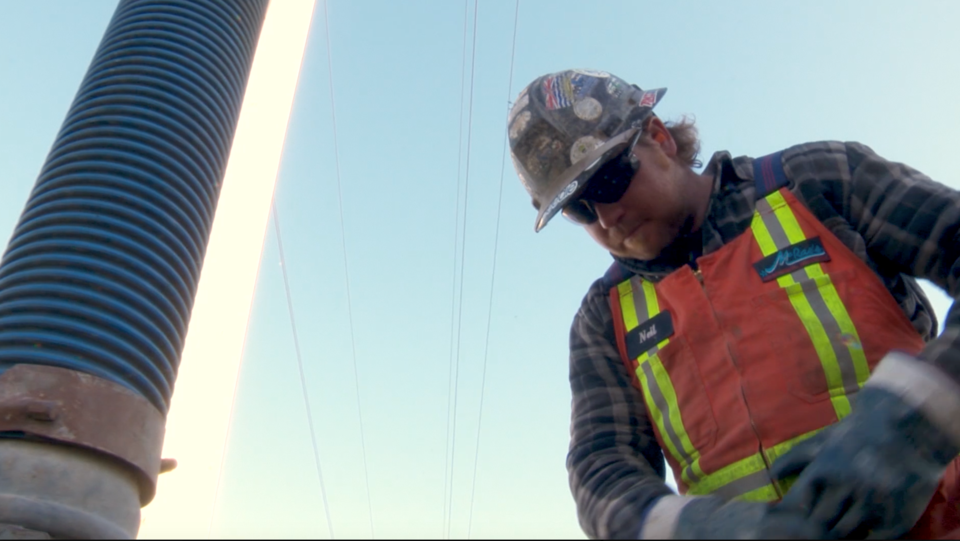Metro Vancouver is calling on its residents to do more to keep "fatbergs" out of sewers after a year-long field study that included Coquitlam revealed just how much our greasy habits are costing the region.
Every year, Metro spends at least $2.7 million to unclog hotspots where oils, fats and greases have built up after making their way down the drain. And Metro staff say the price of nasty blockages grows much higher once you factor in lost work from diverted city workers and the fallout from backed-up sewage seeping into homes, streets and waterways.
“It could spill into a stream, creek or river. That’s the potential threat if these blockages build up over time,” said Linda Parkinson, project manager of Liquid Waste Source Control, which spearheads research and public education around unflushables.
Until now, getting a clear understanding of where these greasy hotspots occur has been a challenge, Parkinson told The Tri-City News. That’s because data is notoriously hard to collect on the fatberg phenomenon, something that has plagued city sewers from London to Baltimore.
That's why Parkinson and her team put a call out to municipalities to take part in a year-long monitoring program that would make regular visits to a sewer site of their choosing. Coquitlam, Delta, Richmond and Langley put their hands up.
Still, it was no easy task. Measuring grease levels in the system is complicated by a number of factors. City workers have access to a machine that pumps samples into a container over a 24-hour period but, often, the lines get clogged with congealed oil, sanitary pads and condoms.
“The sewer system is such a hostile environment to send people in to because there’s hydrogen sulphide gas [vented off] from pee and poo,” said Linda. “At certain concentrations, it can kill you.”
As the first study of its kind in Metro Vancouver, the municipalities mainly targeted residential neighbourhoods, returning to a single pump or lift station (basically, a pool of sewage collected before it's sent on to the next spot) to conduct regular visual inspections. Each visit, the workers would rank the buildup of grease, fat and oil on a scale of one — just a small amount of fat buildup — to five — a greasy mess covering the whole testing site.
The results varied from municipality to municipality and Parkinson said the severity of blockages depended on the width and path of a pipes, and, especially, the topography they travelled through.
“Coquitlam was on the lower end,” said Parkinson. “It’s got the topography working for it.”
Parkinson also noted that Coquitlam’s rigorous maintenance team is also likely contributed to relatively low levels of observed fatty buildup. While she said she would love to see all municipalities follow Coquitlam’s example, she acknowledged that that level of attention is expensive. The one-year visual inspection at a single residential site could also be masking a wider problem: high-density developments on flat topography in an area with many restaurants.
“Our sewer systems were designed hundreds of years ago to carry pee and poo — sanitary waste and grey water,” said Parkinson. “It’s not the place to be putting wipes, sanitary products and condoms. But, over time, fat can be just as damaging, too.”
Or as Richard Steward, Coquitlam mayor and chair of Metro Vancouver’s Liquid Waste Committee, put it in a press release earlier this week: “With Thanksgiving and the busy holiday season around the corner, we hope residents will think twice about washing items like gravy, yogurt or leftover salad dressing down the drain. Instead, simply wipe it up or scrape it in your green bin — it’s easy, quick and won’t cause problems in the sewer system.”



